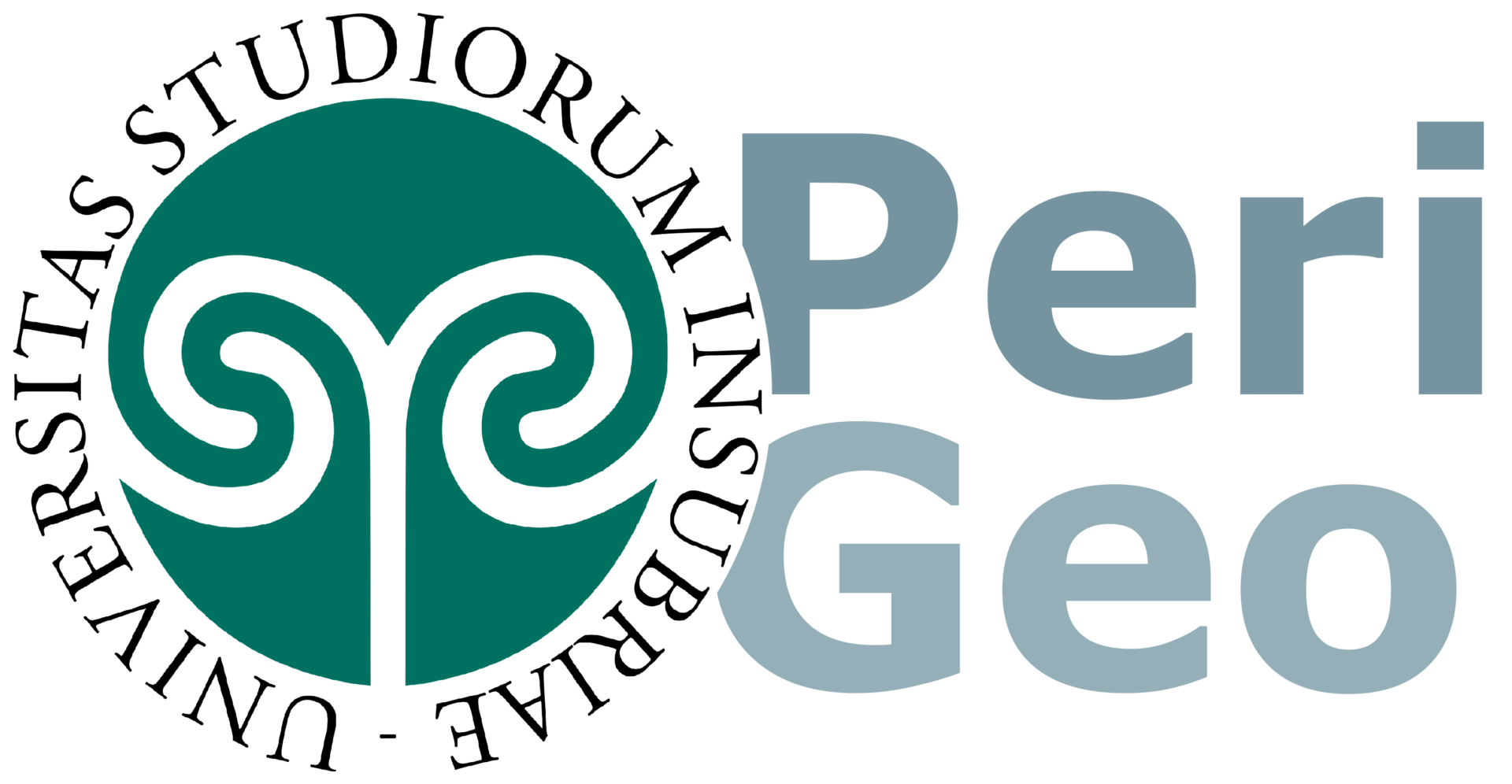Geolympics 2: Football and the earthquake cycle
Today let’s speak about football! – I mean, the “real” football… Why?
Female World Cup and Under 21 Championships are ongoing and football it’s my favorite because formerly I used to be a (quite bad) player. It happened that I was watching a game on TV, while thinking to a project I’m working on. I ended up mixing things – I think that’s what scientists call “multidisciplinarity” – and here’s the result.
Magnitude: how big?
An earthquake is the instantaneous release of energy from a fault plane. Magnitude is a measure of the amount of released energy; according to the Richter scale, magnitude is calculated from the amplitude of seismic waves captured by seismometers. Magnitude is logarithmic: there is a 30-fold increase in the released energy when passing from an earthquake with magnitude “M” and a “M+1” one.
What does it mean? Let’s consider a regular football field (105 m long and 68 m wide, that is 7140 square meters). Assume it is a M = 7. An M = 6 is equal to the centre circle. The biggest quake ever recorded (Chile 1960, M = 9.5) corresponds to 40 square kms, that is a medium-sized town.
Seismic sequences: warm-up / 90’ + additional time / extra-time
During seismic sequences, thousands of (mostly tiny) earthquakes occur in a relatively small spatial and time interval. The strongest event is called mainshock; it is preceded by foreshocks (the “warm-up” phase) ad followed by aftershocks (the extra-time). Contrary to football, the mainshock lasts few tenths of seconds, while the whole seismic sequence can last for years.
Want to know the last earthquakes worldwide? Check the USGS website!
Monitoring: scouting and sideline cameras
Scouts are always looking for emerging talents worldwide. In the same manner, plates, faults and earthquakes are monitored by stations, satellites and seismic instruments. Television cameras capture every detail of the match of the day, even in the locker room. During seismic sequences, the instrumental network in the epicentral area is enhanced with the aid of temporary stations.


Stress transfer: passing
Each earthquake releases a certain amount of energy and modifies the stress state of neighboring faults, advancing or delaying the next earthquake. Static stress transfer is like a short pass, because it acts on relatively short distances. Dynamic stress transfer is indeed a long-pass, acting up to 100s of kms.
Risk mitigation: practice and tactics
Risk mitigation starts from practice: studying the earthquake process, knowing the seismogenic sources of a region and its building stock can help in reducing damages if an earthquake is going to happen. Tactics to be adopted include correct behaviors, the adoption of building codes, retrofitting of old buildings.
The World Cup
We cannot prevent earthquake occurrence and we are still far from a reliable short-term forecasting. Scientists are not trying to win the World Cup or the Golden Ball, they aim at minimizing earthquake-related losses, either in terms of human lives and economic properties.
